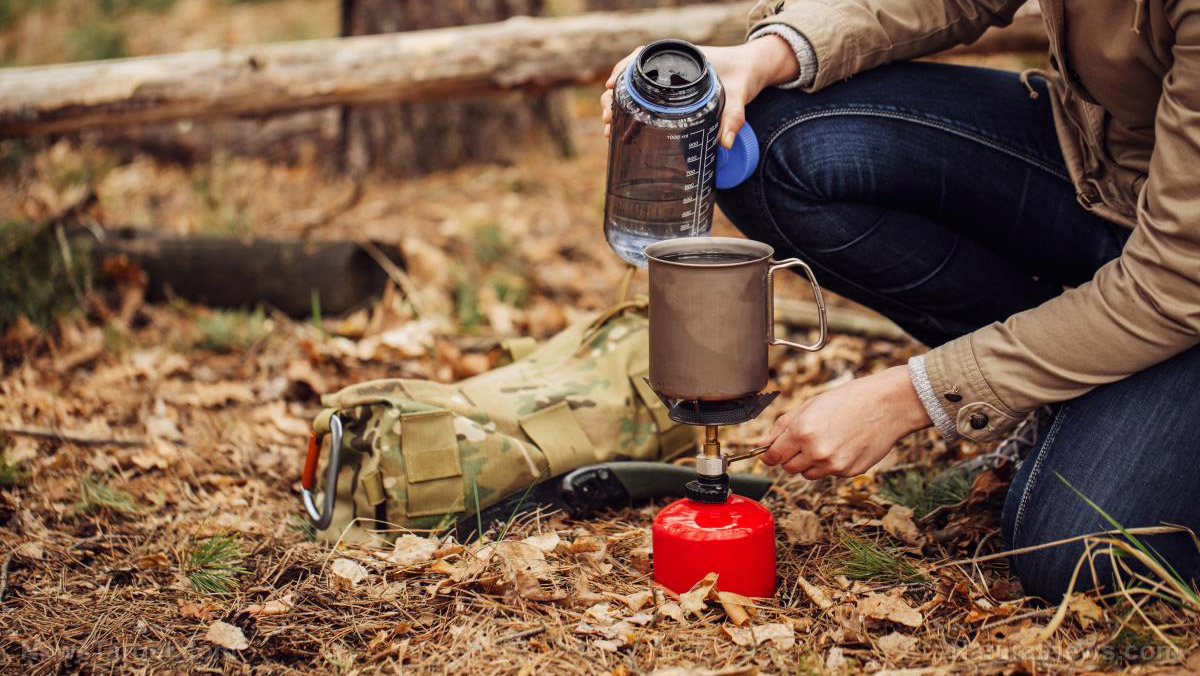A tip sheet on how to properly freeze fresh produce for long-term storage
03/06/2019 / By Michelle Simmons

Do you have excess fresh produce, but don’t know what to do with them? Try freezing them. Freezing fruits and vegetables, herbs, and even your favorite meals is an efficient way to saving food for long-term. Here are some tips on how to freeze them: (h/t to RockinWHomestead.com)
- Freezing fruits: Before freezing your fruits, wash and dry each piece before cutting. You can also freeze your fruits in a plastic tub with dehydrator sheets as a separator. This saves you space in the freezer and makes your frozen fruits easier to handle. Once the fruit is completely frozen, take the plastic tub out and pack the fruits in individual freezer bags. One of the quickest fruits to freeze are blueberries. Some fruits like peaches can be frozen with their skins on, or blanched to remove the skin. Bananas can be frozen in slices or as a whole with the skin on, while pineapples need to be cut and cored before freezing. When freezing apples and pears, you have to make them into a pie filling or sauce first before freezing. You can freeze grapes as well, but they don’t thaw well. Melons have to be seeded and separated from the rind first, then cut into bite-sized chunks before freezing. For tomatoes, you have to turn them into sauce or soup first before you can freeze them
- Freezing vegetables: Items like cabbage, cucumber, garlic, horseradish, herbs, leafy greens, leeks, mushroom, pepper, and summer squash can be rinsed, chopped, and frozen immediately. For potatoes, you have to peel and grate them first. Vegetables like broccoli, cauliflower, green beans, peas, and squash should be blanched first before freezing. Blanching helps preserve the texture and quality of vegetables. You may also skip the blanching process if you want, but only if you plan to store your vegetables for one to two weeks.
- Freezing herbs: The easiest way to freeze herbs is to wash and chop them, then put them into ice cube trays. Then, top them with water, chicken broth, or olive oil and freeze. Once they have been frozen, remove them out of the ice cube tray and put them in a freezer bag for longer storage.
- Freezing meals: You can also freeze your favorite freezer-friendly meals with the leftover produce. You can freeze soups, stews, pot pies, and casseroles. Cook up a big batch of chili or vegetable soup and freeze them to save for rainy days.
Generally, freezing food is a safe way to preserve food at home for future use. However, frozen food safety depends on how you prepared the food for freezing. Working with clean hands and on clean surfaces are crucial in preparing foods. Proper thawing of frozen foods is also important. If not done properly, these frozen foods may pose food safety risk.
Benefits of freezing your produce
There are several benefits to freezing your excess produce. These include the following:
- Cutting fruits and vegetables allows you to pack them tighter in storage containers, saving you more space in the freezer.
- Freezing can stop the enzyme process immediately. (Related: Freezing blueberries increases availability of antioxidants – here are 8 ways this superfood benefits health.
- Freezing saves you time. Frozen fruits, vegetables, herbs, and meals are much easier to use when you have time because you have already finished the prep work.
- Frozen fruits and vegetables taste just like fresh ones.
Pick up more tips on how to store food properly by going to FoodStorage.news.
Sources include:
Tagged Under: Food Preservation, Food storage, food supply, freezing, Fresh, off grid, organics, preparedness, prepper, prepping, preserving food, produce, survival food


















